Depression and anxiety are becoming more and more common mental health issues in our society. And although people can often tell when they’re feeling anxious, not everyone is aware of what depression consists of. How can you tell if you or someone you’re close to is displaying depressive symptoms? And what exactly is depression?
What is depression?
Depression is usually described as prolonged periods of sadness which can be accompanied by physical symptoms. The feelings of depression are very similar to those caused by grief. Nevertheless, there is a difference between grief and depression. This is because grief is a natural response to loss, and although the sadness may be overwhelming at times, it is possible to still feel hope and enjoyment. But this is not so with depression.
The main psychological symptoms of depression
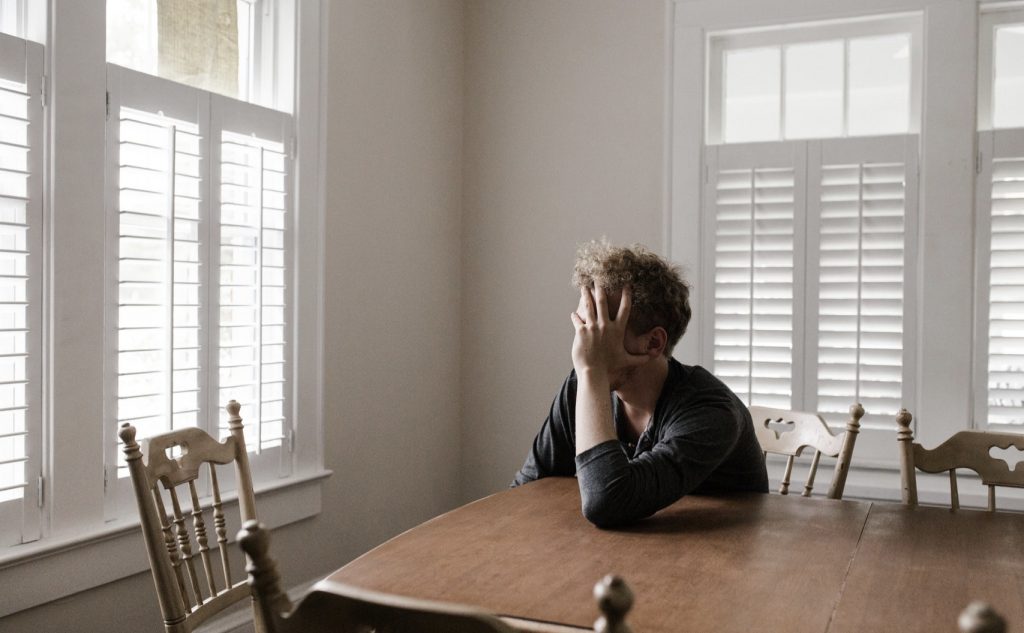
- Feeling prolonged periods of sadness, irritability and even anger
- Feeling continually hopeless/helpless
- Avolition (lack of motivation)
- Lack of enjoyment in life
- Losing self-confidence and having low self-esteem
- Feeling guilty and/or worthless
- Experimenting suicidal thoughts or thoughts of self-harm
As we’ve seen, all these are common emotional and psychological aspects of depression. Yet they often go alongside physical symptoms that can be spotted by others. Therefore, it’s important to know these symptoms in order to help someone who may be suffering silently.
The main physical symptoms of depression
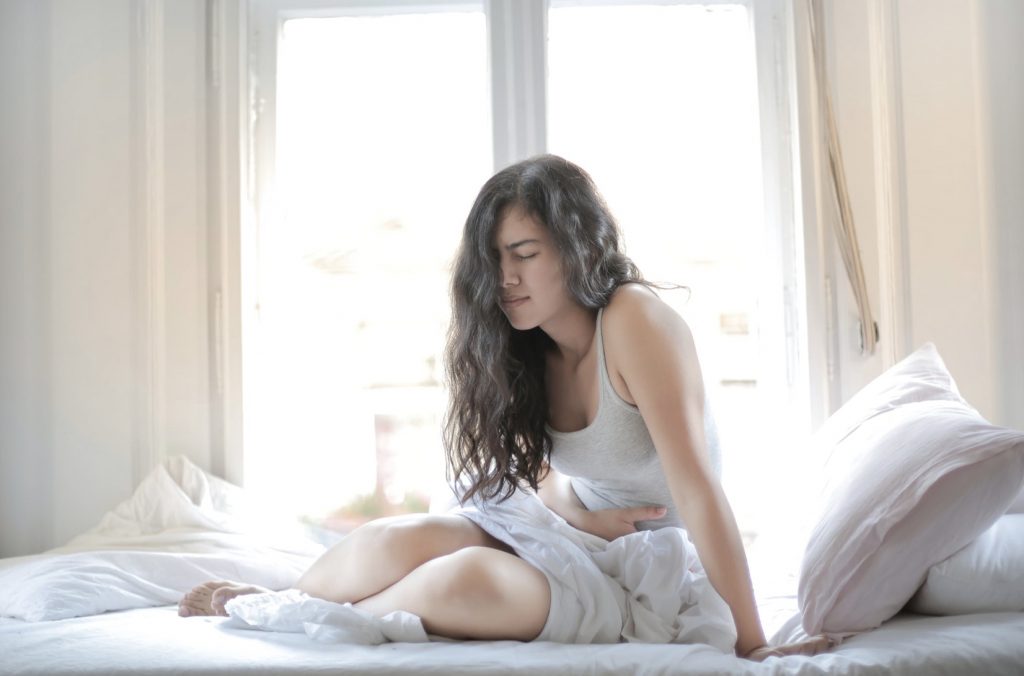
- Speaking or moving unusually slowly
- Changes in weight or appetite—either eating a lot more or a lot less
- Constipation
- Hypersomnia or insomnia (sleeping excessively or too little), as well as disturbed sleep patterns
- Lack of energy in general
- Lack of energy for things you usually enjoyed
- Aches and pains that seem to have no explanation
Thus, these physical characteristics tend to have a serious effect on one’s social aspect of life as well.
The main social symptoms of depression

- Abandoning hobbies you used to take part in
- Avoiding social situations completely or more often than usual, as well as avoiding contact with friends
- Struggling with home, work and family life
However, there is another thing to keep in mind— there are different levels of depression, ranging from mild to severe. F0r example, terms like clinical depression, seasonal depression, and severe depression are often thrown about without knowing exactly what they mean. Here are some explanations to clear this up. That way, you’ll be able to accurately describe and properly understand your or someone else’s symptoms.
Common types of depression
mild depression– this has some effect on your daily life, making it more difficult to do things you used to do normally. Check out our article on how plants can help with this.
moderate depression — this has a significantly debilitating effect on your daily life, and can make it very difficult to do things you’d usually have no trouble doing.
severe depression— this makes it almost impossible to go about life as you normally would, and can sometimes be accompanied by psychotic episodes/symptoms. These can include delusions (irrational beliefs) and hallucinations—seeing, hearing, feeling and tasting things that aren’t really there.
clinical depression—this simply means you’ve been diagnosed by a doctor. So mild, moderate, and severe depression could all be clinical if your doctor diagnosed you with it.
seasonal affective disorder (SAD)— this has a seasonal pattern, often afflicting people with depression in the winter months.
It’s important to know that depression is a common mental health issue, affecting about one in ten of us. And it’s equally important to know that depression is treatable. So if you know someone who is or could be suffering from depression, check out our article on how to help someone with depression.
For more information on the symptoms of depression, have a look at Dr. Tracey Marks’ youtube video below on what depression looks like.
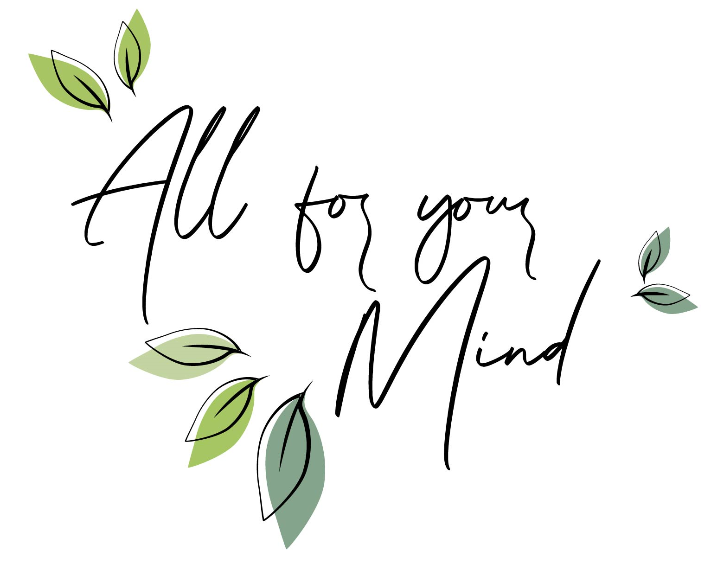
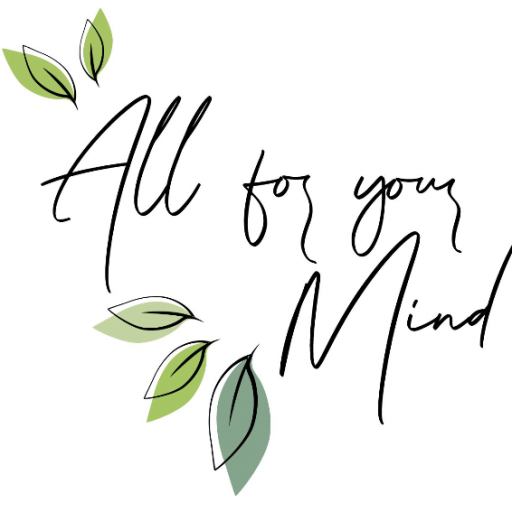
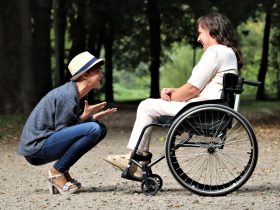













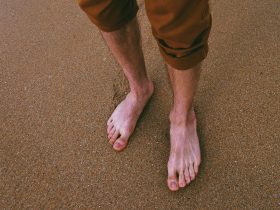


16 Comments